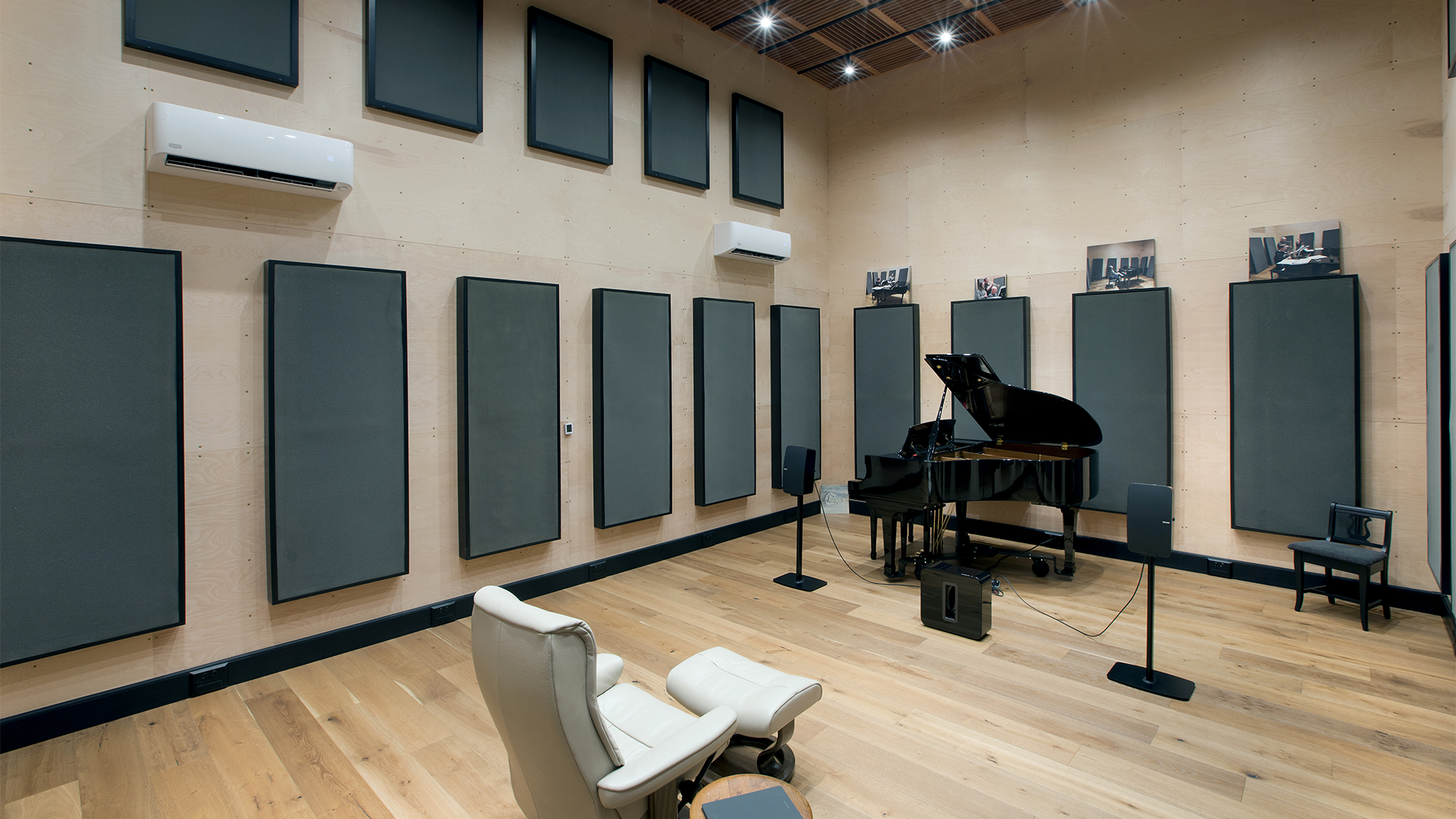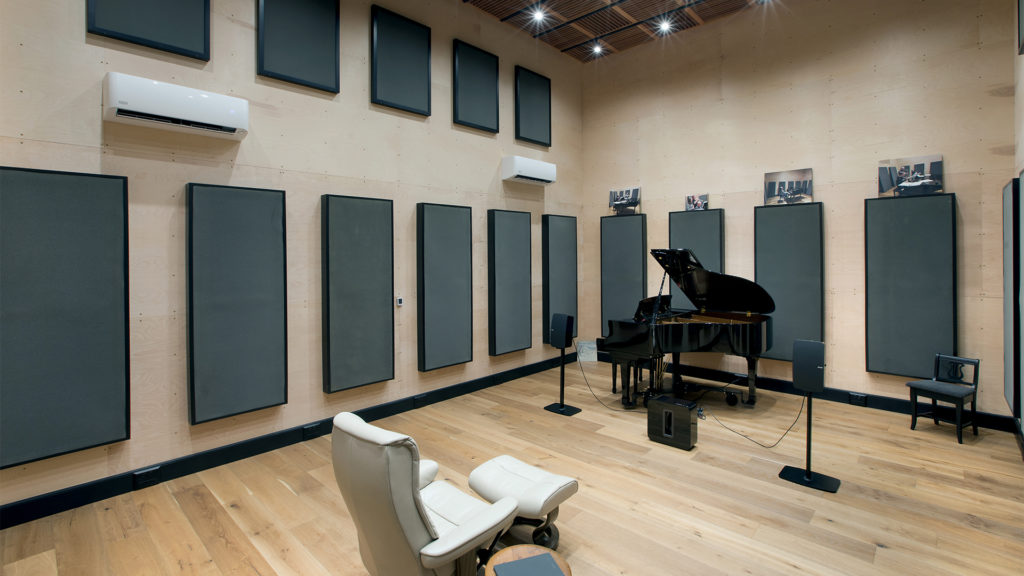
Sound absorption panels come in many forms, shapes, and the most important performance. Sound absorption panels can be made of an open celled foam technology or other material types. The problem with the term sound absorption panel is that all panels are not created equal and you must know information about the room in which the sound absorption panels will be installed. Sound absorption panels must meet two major requirements. They must go low enough and get enough of the excess energy within the room. The ability of a sound absorption panel to treat a room successfully depends on many factors. You must consider how large the room is, what the room usage is, and how much energy will be placed within the room.
https://en.wikipedia.org/wiki/Sound_energy
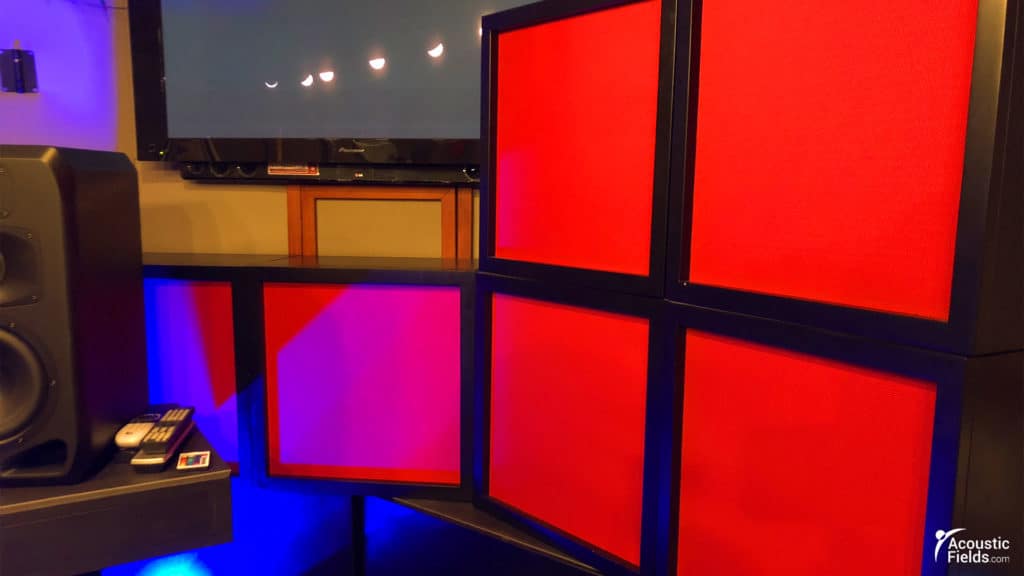
Sound absorption panels are divided into two main categories. We have low-frequency sound absorbing panels and we have middle and high frequency sound absorption panels. Low-frequency sound absorption panels require mass and thickness in order to treat low-frequency energy. Low-frequency energy is composed of waves of energy that are long and tall. They are composed of sound pressure. Sound absorption panels are also used for middle and high frequency absorption. They require less mass and are lighter in weight. The issues within the room will tell us what type to use and where to place the appropriate panels.
https://www.merriam-webster.com/dictionary/reverberation
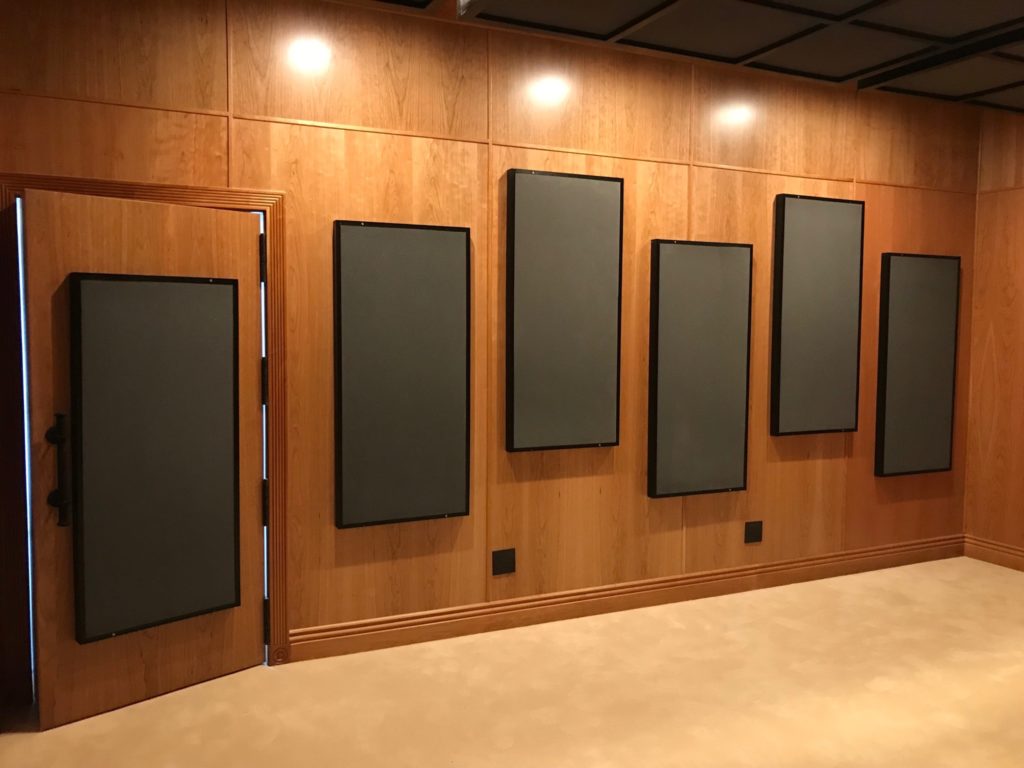
Every room size, volume, and usage dictates what pressure and reflection issue we will have. Every surface of the room produces a certain frequency and amplitude sound issue. The dimensions of the width, height, and length all produce different frequency and amplitude issues. The usage of the room or how much energy is placed within the room, determines what treatment types we need on each surface area. If we have a band playing within a room we will have different treatment requirements than if the room is used just for voice. Bands with all of their instruments produce full range energy. Drums produce lower frequency energy which must be treated with low-frequency absorption. A vocalist will produce more middle and high frequency issues which will require middle and high frequency absorption sound absorption panels.
https://www.acousticfields.com/product/acda-10-activated-carbon-diaphragmatic-absorber/
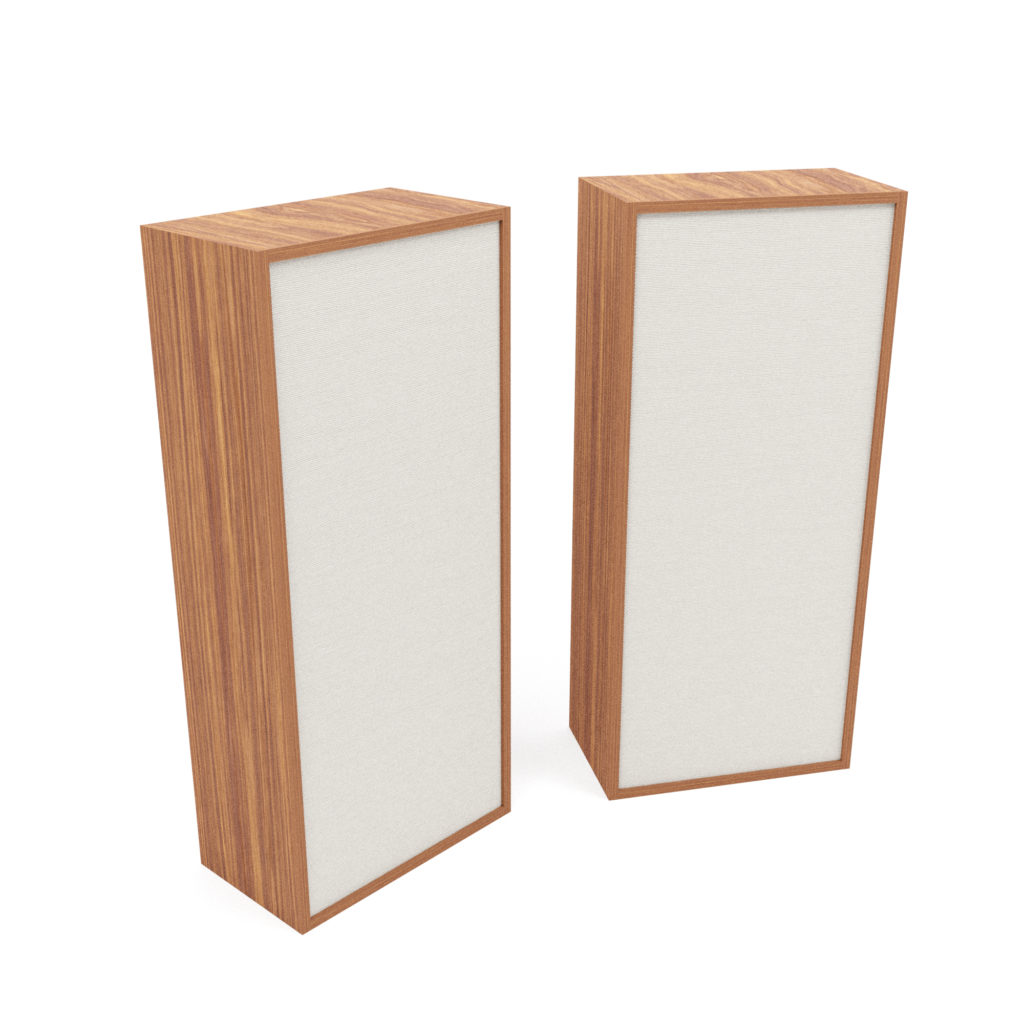
The most powerful low-frequency absorption technology is called diaphragmatic. Diaphragmatic absorption is one of three types of absorption used for low-frequency sound absorption panels. The other two types are Helmholtz and membrane. Diaphragmatic absorption will offer the most absorption per square foot and perform at a much lower level than either Helmholtz or membrane. Low – frequency sound absorbing panels must deal with pressure waves that strike the surface area of the panel. The pressure wave strikes the face of the panel and is slowed down by the panel design. Once the pressure wave is reduced in velocity, it can then enter the inside of the cabinet where absorption occurs with our carbon technology.
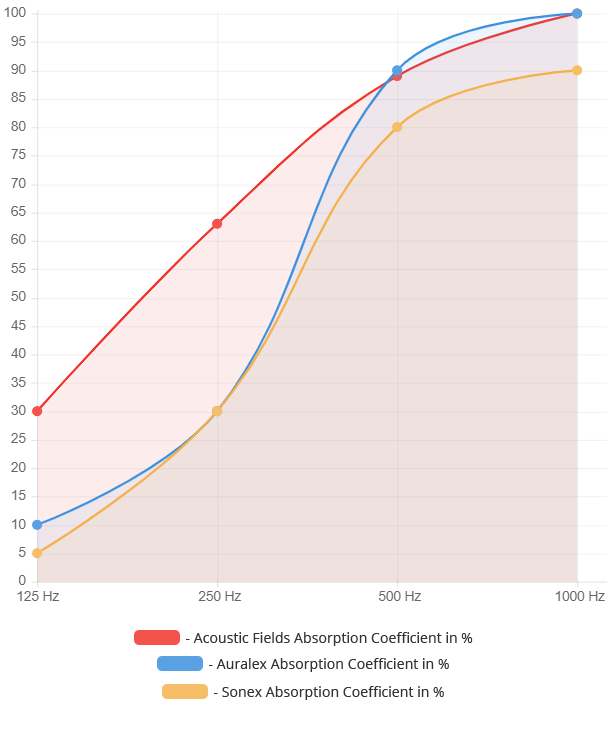
At Acoustic Fields, middle and high frequency sound absorption panels are usually composed of open celled foam. Foam is lightweight, relatively easy to manufacture, and is predictable in its rate and levels of absorption. Middle and high frequency energy issues begin around 125 hz, and move upward through 6,300 hz. You must use a technology for middle and high frequency issues that takes into account the frequency range from 125 hz. – 500 hz. This frequency range is critical for middle and high frequency absorption for music and voice. If a sound absorption panel can not achieve a smooth response curve within this range, it will never be able to offer the correct balance between sound absorption and speech intelligibility.


